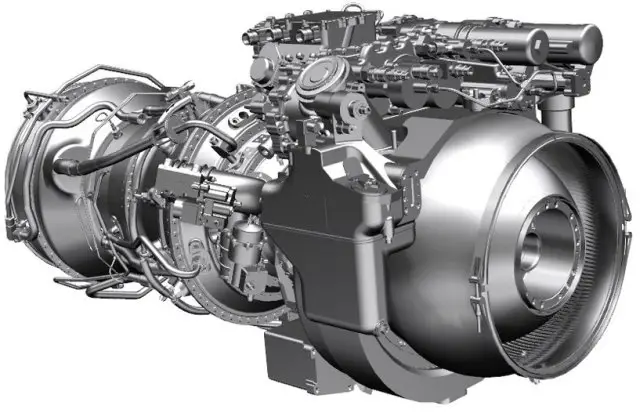Breaking news
AMRDEC moves forward with Advanced Affordable Turbine Engine program.
| a | |||
|
|
|||
|
World Aviation Defense & Security News - United States
|
|||
|
|
|||
|
AMRDEC moves forward with Advanced Affordable Turbine Engine program
|
|||
|
After more than eight years of designing and testing, the US Army's aviation priority, the Advanced Affordable Turbine Engine program, takes a step toward becoming a reality. The Advanced Affordable Turbine Engine (AATE) program is a 3,000-horsepower engine demonstrator program to provide advanced propulsion capability for future Army rotorcraft platforms.
|
|||
|
|
|||
 Artist rendering of GE Aviation's advanced helicopter engine design for the Army Artist rendering of GE Aviation's advanced helicopter engine design for the Army(Credit: US Army) |
|||
|
|
|||
|
AATE focuses on developing a new, advanced turboshaft engine to support modernization requirements to ensure the Apache and Black Hawk remain operationally effective well into the future.
The US Army Aviation and Missile Research, Development and Engineering Center's Aviation Development Directorate led the science and technology effort to develop a new centerline engine, focusing on three objectives: significant reduction in specific fuel consumption, significant improvement in shaft horsepower to weight ratio, and significant reduction in life cycle cost. "ADD led the program by awarding two competing Science and Technology demonstrator engine approaches under cost share arrangements; one award with General Electric and one award with the Advanced Turbine Engine Company, a joint venture of Honeywell and Pratt & Whitney engine companies," said Anastasia Kozup, the Army's AATE agreements technical agent and an aerospace engineer. "ADD provided the engineering oversight and contract monitoring functions for the design, fabrication, and testing of the AATE technologies, leading to the successful demonstration of advanced engine systems for rotorcraft." The AATE program culminated in 2014 with the completion of full engine system demonstrations that included performance, durability, and sand tests. These system demonstrations, along with many related component level demonstrations and associated design code validations, significantly mitigate the risk of transitioning the advanced turboshaft engine technology to a planned program of record, known as Improved Turbine Engine Program. "The AMRDEC S&T project effort that eventually led to the Army's ITEP is a quintessential example of our continually demonstrated Warfighter value-added role as a DoD laboratory," AMRDEC Director James Lackey said. The AATE configuration was designed to fit into both the Black Hawk and Apache installation envelopes. The engine provides 50 percent more power at the same weight as the current fielded engine. Significant effort was expended to ensure robust operation in austere environments to include the use of advanced inlet particle separation technologies, erosion resistant coatings, and ruggedized blading. The improved fuel efficiency, reliability and maintainability characteristics and the drive for lower engine production and maintenance costs with the new engine approach address the need for reduced Aviation operations and support costs. The AATE technology enables improved range and payload capability and increased hot and high operational capability for Apache and Black Hawk platforms and is applicable to other service, current rotorcraft fleets as well as Future Vertical Lift rotorcraft. "The manifestation of ITEP as a direct lineage to AMRDEC will help improve Army aviation aerodynamic performance, whether it be increased payload, range, endurance or hover out of ground effect capabilities," Lackey said. "This added margin of propulsion performance is critical as the service continues to extend usage of rapidly aging legacy platforms." According to Kozup, the ITEP, which is managed by Army Program Executive Office - Aviation, has completed its material solution analysis phase and is positioned to enter into the technology maturation and risk reduction phase of the DoD acquisition framework. "The capability and materiel developers worked closely together throughout the development process so that everything was synchronized. Participation and support throughout the S&T phase from PEO Aviation and AMRDEC's Aviation Engineering Directorate contributed to AATE program success and was key to mitigating transition risk of AATE technology." |
|||
,



















